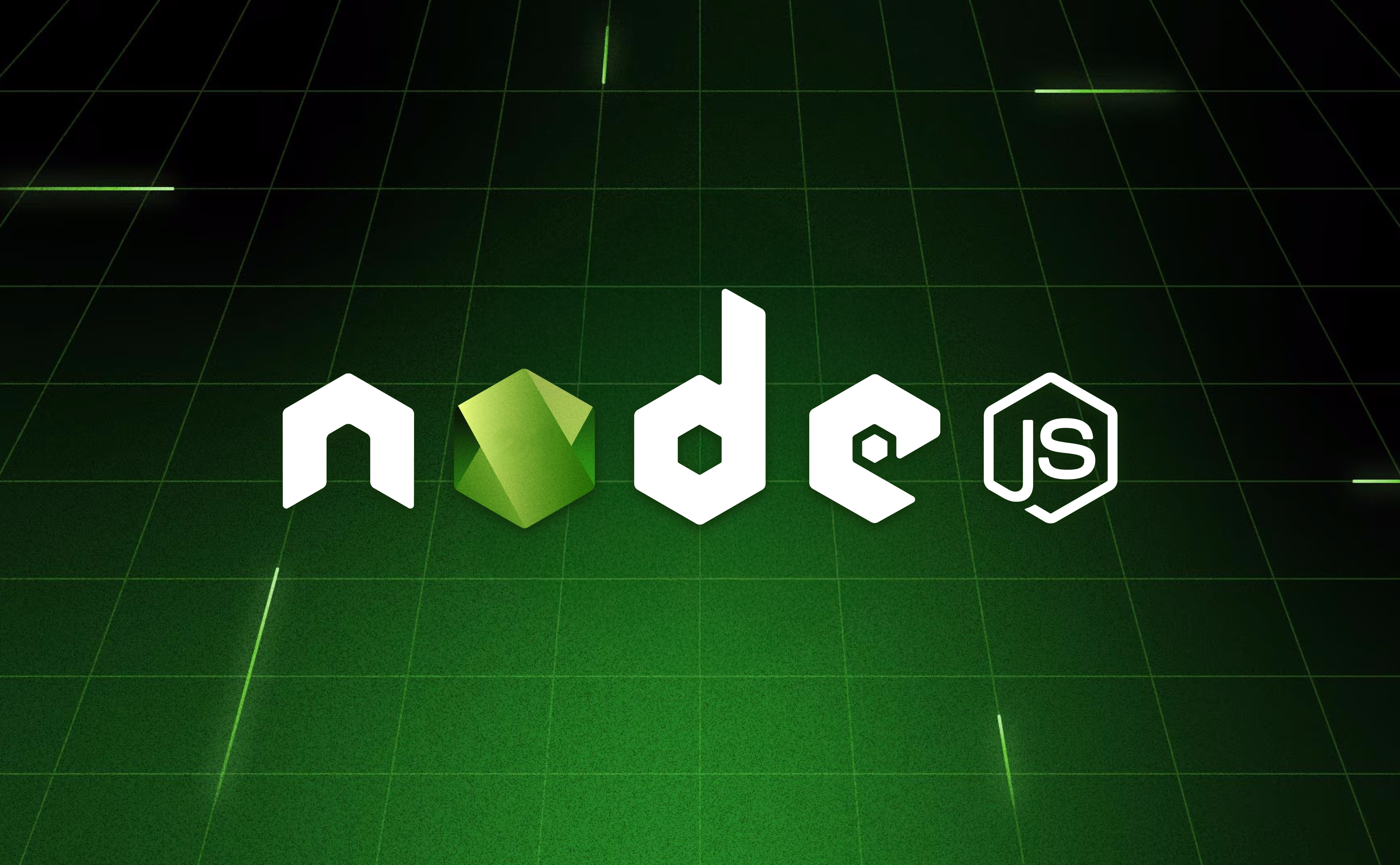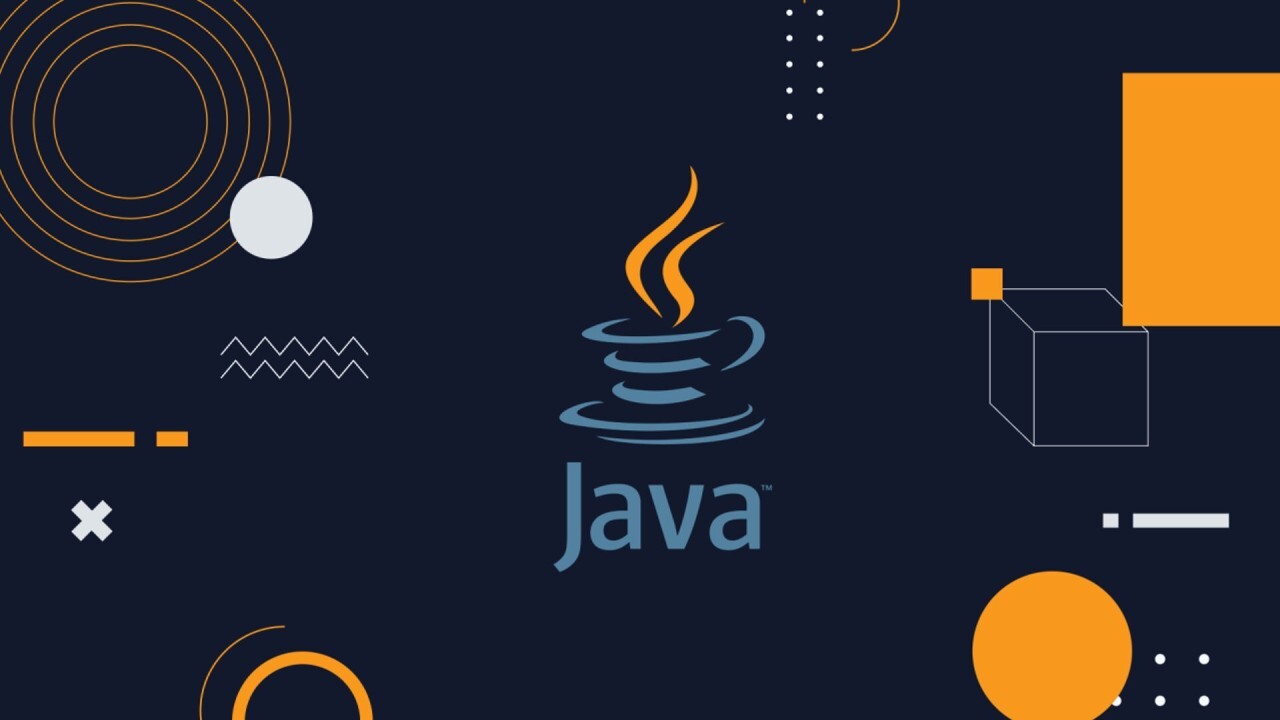How to Choose the Optimal Node.js Framework for E-Commerce Applications?

Strong 8k brings an ultra-HD IPTV experience to your living room and your pocket.
The e-commerce landscape thrives on speed, reliability, and seamless user experiences. With Node.js’s non-blocking architecture and scalability, it’s a top choice for online stores. Yet, selecting the best framework demands careful analysis of performance, security, and ecosystem support.
This guide dissects leading Node.js frameworks for e-commerce, Node.js frameworks for e-commerce, weighing their strengths against industry-specific demands.
Critical Criteria for E-Commerce Frameworks
E-commerce platforms face unique challenges: high traffic surges, complex transactions, and zero tolerance for downtime. For software development companies, these non-negotiable factors dictate framework suitability:
1. Scalability & Performance
E-commerce sites must handle Black Friday traffic spikes or viral product launches without crashing. Node.js excels here, but frameworks must leverage asynchronous operations efficiently. Vertical scaling (adding resources) and horizontal scaling (adding instances) should be seamless. Performance hinges on low-latency responses for product searches, cart updates, and checkout flows. Slowdowns directly impact conversion rates.
2. Security
Payment gateways, user data, and compliance (e.g., PCI-DSS, GDPR) demand ironclad security. Frameworks must mitigate OWASP threats (SQL injection, XSS, CSRF) out-of-the-box. Middleware for encryption, secure session management, and rate limiting against DDoS attacks are essential. A single breach can obliterate brand trust.
3. Ecosystem & Extensibility
Pre-built modules for payments (Stripe, PayPal), inventory management, or CRM integrations accelerate development. TypeScript support and clear documentation reduce coding errors. Frameworks thriving on modularity allow teams to plug in microservices (e.g., recommendation engines) without rewriting core logic.
4. Developer Experience
Onboarding speed, debugging tools, and testing utilities impact project timelines. Opinionated frameworks enforce structure, speeding up teamwork, while flexible ones offer customization at the cost of setup complexity.
Must Read: AI Agents: From Automation to Intelligent Healthcare Solutions
Top Node.js Frameworks Compared
We evaluate three leading frameworks against e-commerce imperatives:
1. Express.js: The Flexible Veteran
Express dominates with 20M+ weekly downloads. Its minimalist design offers freedom but requires manual setup for e-commerce needs.
Pros:
Unmatched middleware ecosystem (Helmet for security, Passport.js for auth). Ideal for custom storefronts where every component needs tailoring. Lightweight, ensuring blazing-fast responses for high-read operations like product listings.
E-commerce Shortfalls:
Lack of built-in structure complicates large teams. Security and scalability rely entirely on third-party modules, increasing audit overhead. Not optimized for real-time features (e.g., live inventory tracking) without Socket.io integrations.
Use Case:
Best for bespoke marketplaces needing granular control, like curated vintage platforms or B2B wholesale portals.
2. NestJS: The Enterprise-Grade Powerhouse
Built with TypeScript and inspired by Angular, NestJS enforces MVC patterns, dependency injection, and modular architecture.
Pros:
Built-in TypeScript reduces runtime errors in complex payment workflows. CLI generators automate boilerplate (controllers, services). Integrates with TypeORM or Mongoose for database-agnostic inventory management. Supports microservices out-of-the-box for decoupling carts, orders, and logistics.
Security Edge:
Guards for role-based access control (RBAC), CORS management, and built-in validation pipes thwart injection attacks. Compatible with Express or faster Fastify.
Cons:
Steeper learning curve. Overkill for simple stores, adding initial setup time.
Use Case:
Scalable platforms like subscription box services or global retailers managing 10,000+ SKUs.
Must Read: Why Do Businesses Need MVP in AI Development?
3. KeystoneJS: The Headless CMS Specialist
A lesser-known gem combining GraphQL API layers with admin UIs. Perfect for content-rich commerce.
Pros:
Auto-generated GraphQL APIs enable real-time stock updates and dynamic pricing. Admin UI lets non-technical staff manage products/orders. Extendable with Next.js for SEO-friendly storefronts.
E-commerce Perks:
Session management and access control simplify GDPR compliance. Cloud-native deployment suits SaaS-based models.
Limitations:
Smaller community than Express/Nest. Less ideal for transaction-heavy logic (e.g., custom discount engines).
Use Case:
D2C brands blending content and commerce (e.g., fitness gear + workout blogs).
Real-World E-Commerce Implementations
Express.js: ASOS uses Express for its resilient backend, handling 100M+ product views daily. Custom middleware manages geo-specific pricing and inventory.
NestJS: Adidas leverages Nest for its member-exclusive sales platform, utilizing microservices for queueing high-demand launches.
KeystoneJS: Surf apparel brand Rip Curl built a headless storefront, unifying e-commerce and blog content under one GraphQL layer.
Must Read: Healthcare App Design Requirements and Trends
Conclusion: Aligning Framework with Business Goals
No "universal best" exists—only the best fit:
Choose Express.js for cost efficiency and maximum customization in MVP stages.
Opt for NestJS when enterprise scalability and long-term maintainability trump speed-to-market.
Pick KeystoneJS if content-driven commerce demands rapid frontend iterations.
For top software development companies in the usa, prioritizing security, extensibility, and performance ensures frameworks withstand e-commerce’s rigors. NestJS leads for complex systems, while Express and Keystone excel in niche scenarios.
Audit project scope, team expertise, and growth forecasts—then let Node.js turn transactional efficiency into competitive advantage.
Note: IndiBlogHub features both user-submitted and editorial content. We do not verify third-party contributions. Read our Disclaimer and Privacy Policyfor details.




